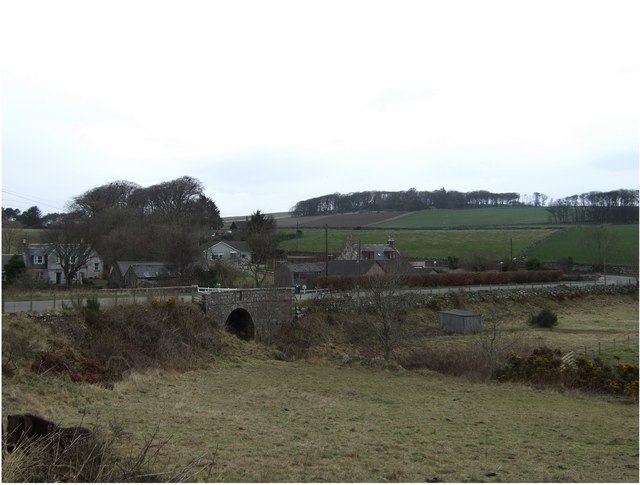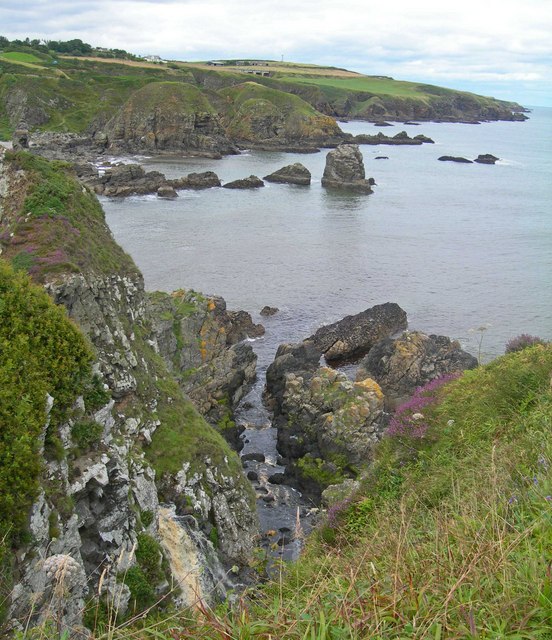Bridge of Muchalls
Settlement in Kincardineshire
Scotland
Bridge of Muchalls

The Bridge of Muchalls is a historic structure located in the village of Muchalls, in the county of Kincardineshire, Scotland. This picturesque bridge spans the Cowie Water, a small river that flows through the area. It has long been an important crossing point in the region, connecting the village to other nearby settlements.
The bridge is made of stone and features a single arch design, which is characteristic of many Scottish bridges built during the 18th century. It is believed that the current bridge was constructed around 1735, replacing a previous wooden structure that had deteriorated over time.
The Bridge of Muchalls is known for its architectural charm, with its intricate stonework and elegant design. It has become a popular spot for visitors and locals alike, who appreciate its historical significance and scenic surroundings. The bridge offers stunning views of the surrounding countryside and the river below, making it a great spot for photography enthusiasts.
Over the years, the Bridge of Muchalls has undergone some restoration work to ensure its preservation. It is now a protected structure, recognized for its architectural heritage and contribution to the local landscape. Visitors to the area can enjoy a leisurely stroll across the bridge, taking in the beauty of the natural surroundings and the historical significance of this charming structure.
If you have any feedback on the listing, please let us know in the comments section below.
Bridge of Muchalls Images
Images are sourced within 2km of 57.010294/-2.175276 or Grid Reference NO8991. Thanks to Geograph Open Source API. All images are credited.










Bridge of Muchalls is located at Grid Ref: NO8991 (Lat: 57.010294, Lng: -2.175276)
Unitary Authority: Aberdeenshire
Police Authority: North East
What 3 Words
///hardening.immune.sage. Near Newtonhill, Aberdeenshire
Nearby Locations
Related Wikis
Bridge of Muchalls
Bridge of Muchalls is an entirely residential hamlet in Aberdeenshire, Scotland by the North Sea. It is on the A90 dual carriageway about three miles...
Mill of Muchalls
The Mill of Muchalls is an historic water-powered mill located along the Burn of Muchalls in Aberdeenshire, Scotland. This mill is situated near to the...
Doonie Point
Doonie Point is a rocky headland situated approximately 1.5 kilometres south of the village of Muchalls in Aberdeenshire, Scotland. The clifftop of Doonie...
Burn of Monboys
Burn of Monboys is a stream that rises in the Mounth, or eastern range of the Grampian Mountains, northwest of Stonehaven and south of Netherley, Aberdeenshire...
Nearby Amenities
Located within 500m of 57.010294,-2.175276Have you been to Bridge of Muchalls?
Leave your review of Bridge of Muchalls below (or comments, questions and feedback).









